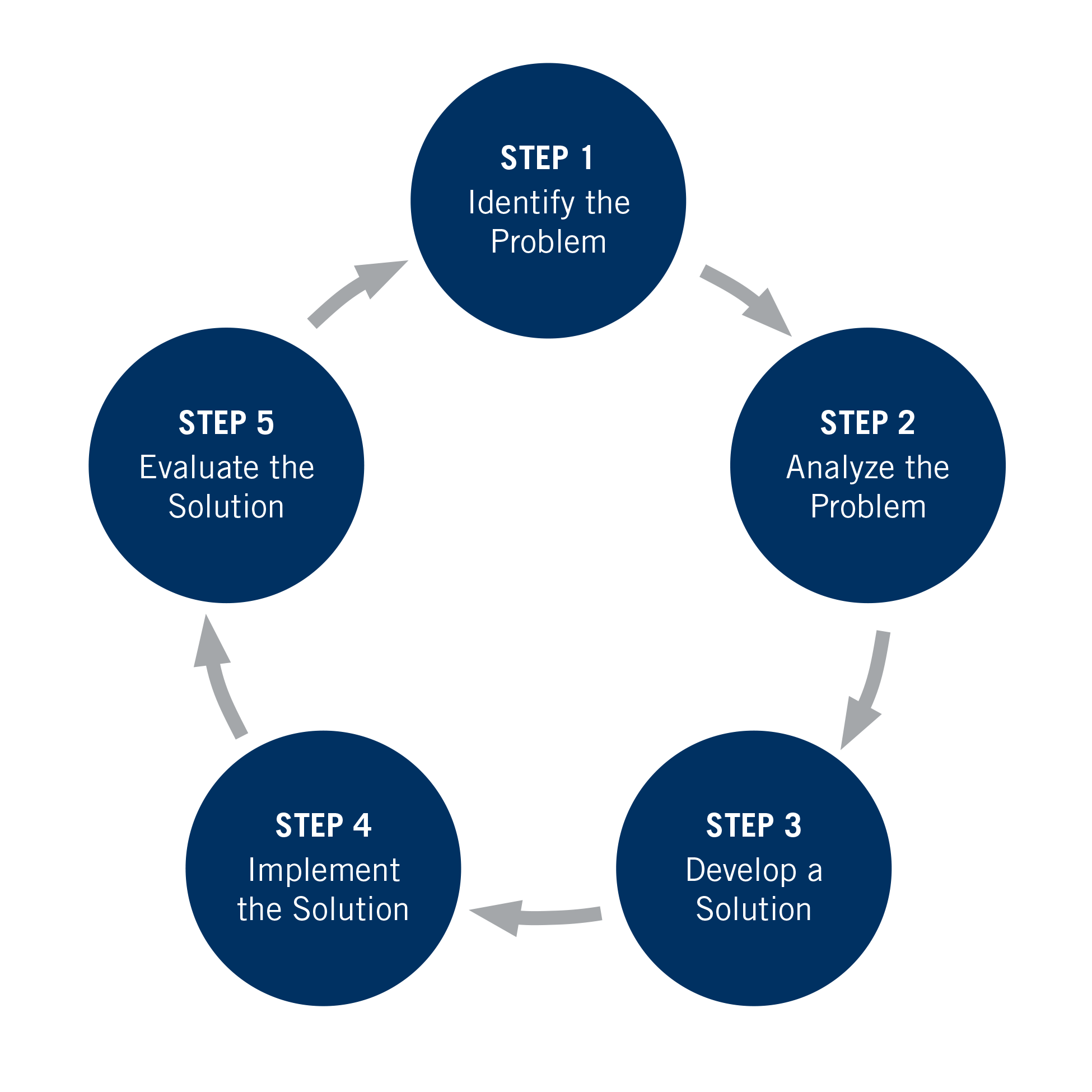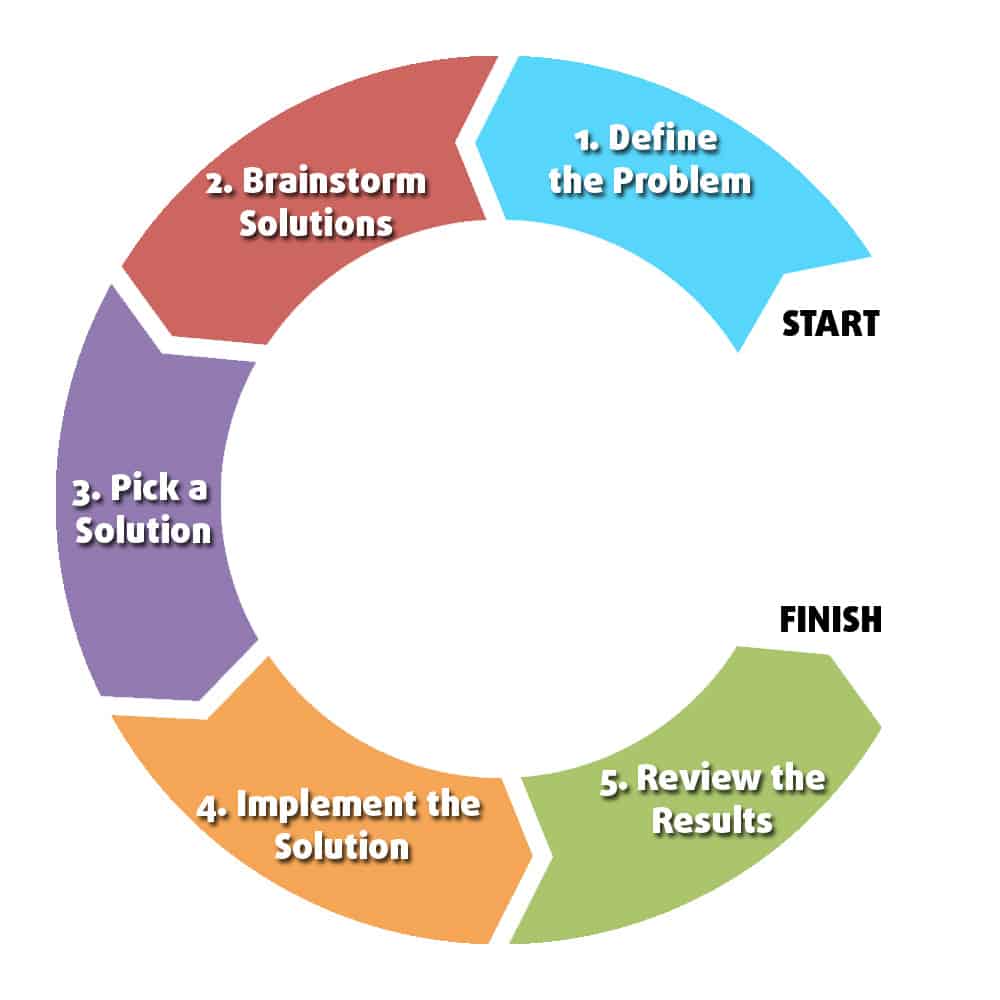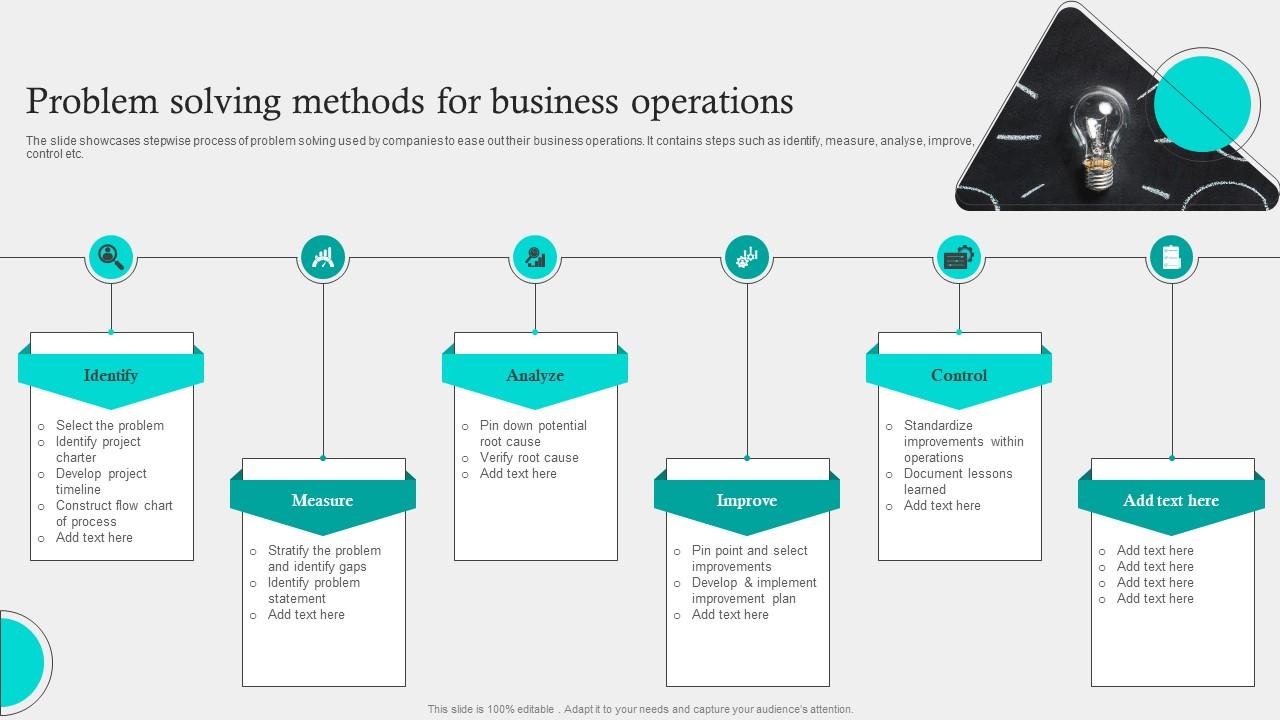Problem Solving Methods In Business
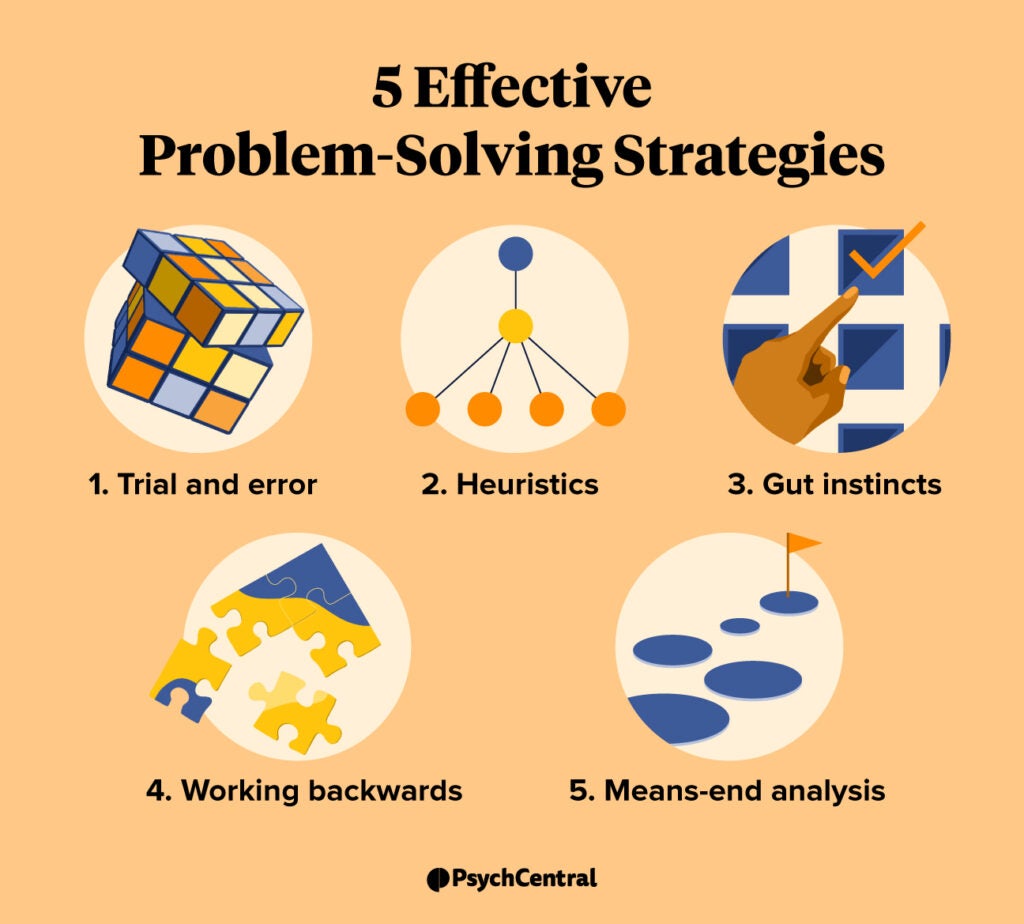
Imagine a bustling office, not filled with the sterile hum of computers and stressed sighs, but alive with the murmur of collaborative brainstorming. Whiteboards are covered in colorful sticky notes, diagrams sprout like vines, and the air buzzes with a shared energy: the energy of a team tackling a complex problem, not with fear, but with a structured, creative approach. This isn't just a scene from a motivational poster; it's the reality of businesses embracing the power of effective problem-solving methods.
At its core, successful problem-solving in business isn't about luck or gut feeling. It's about employing structured methodologies to identify, analyze, and resolve challenges, ultimately leading to innovation, efficiency, and a stronger bottom line. This article explores some of the key strategies that businesses are using to transform obstacles into opportunities.
The Foundation: Identifying and Defining the Problem
Before diving into solutions, it's crucial to accurately pinpoint the issue. Often, what appears to be the problem is merely a symptom of a deeper, underlying cause. A widely used tool here is the "5 Whys" technique, popularized by Toyota. By repeatedly asking "why" about a problem, you can drill down to its root.
For example, if sales are down, asking "Why?" might reveal that marketing efforts are ineffective. Asking "Why?" again might expose a poorly defined target audience, and so on. This iterative process helps to clarify the real problem, paving the way for targeted solutions. Another crucial step is defining what a successful solution looks like. What specific metrics will improve? How will the solution be measured?
Methods for Generating Solutions
Once the problem is clearly defined, the next step is to generate potential solutions. Brainstorming is a classic technique, encouraging teams to freely contribute ideas without initial judgment. This can be enhanced with techniques like mind mapping, which visually organizes thoughts and connections.
Another powerful method is the SCAMPER technique, which stands for Substitute, Combine, Adapt, Modify, Put to other uses, Eliminate, and Reverse. This checklist prompts teams to think creatively about how existing products, processes, or services could be improved or adapted to address the problem at hand. Design thinking frameworks, with their emphasis on empathy and experimentation, are also gaining traction.
Analyzing and Selecting the Best Solution
With a range of potential solutions on the table, it's time to analyze their feasibility and potential impact. SWOT analysis (Strengths, Weaknesses, Opportunities, Threats) is a popular tool for evaluating the internal and external factors that could affect each solution.
Another valuable tool is the cost-benefit analysis, which compares the costs of implementing a solution with the potential benefits it will provide. A helpful framework is the Pugh Matrix, a decision-making tool that helps compare different options against a baseline. This helps teams to objectively assess the pros and cons of each potential solution and select the one that offers the best balance of effectiveness, cost, and feasibility.
Implementation and Evaluation
The chosen solution must be implemented strategically. This often involves creating a detailed plan, assigning responsibilities, and establishing clear timelines. It’s a continuous process of monitoring the implemented solution.
Equally important is evaluation. Regular monitoring and evaluation are essential to track progress and identify any necessary adjustments. This could involve tracking key performance indicators (KPIs), gathering feedback from stakeholders, and conducting post-implementation reviews.
The Benefits of a Problem-Solving Culture
Beyond simply resolving immediate issues, cultivating a problem-solving culture fosters a more resilient and innovative organization. Employees become more engaged, empowered, and proactive in identifying and addressing challenges. Continuous improvement becomes ingrained in the company's DNA.
According to a study by Deloitte, companies with a strong culture of problem-solving are more likely to adapt to change, innovate, and outperform their competitors. A business that embraces problem-solving is more likely to attract and retain top talent. Companies like Google and Apple are often cited as examples of businesses that prioritize innovation and encourage employees to think critically and creatively to solve complex problems.
Looking Ahead
In today's rapidly changing business landscape, the ability to effectively solve problems is more crucial than ever. By embracing structured methodologies and fostering a culture of collaboration and innovation, businesses can transform challenges into opportunities, build resilience, and achieve sustainable success. The journey of problem-solving is an ongoing one, but the rewards are well worth the effort.
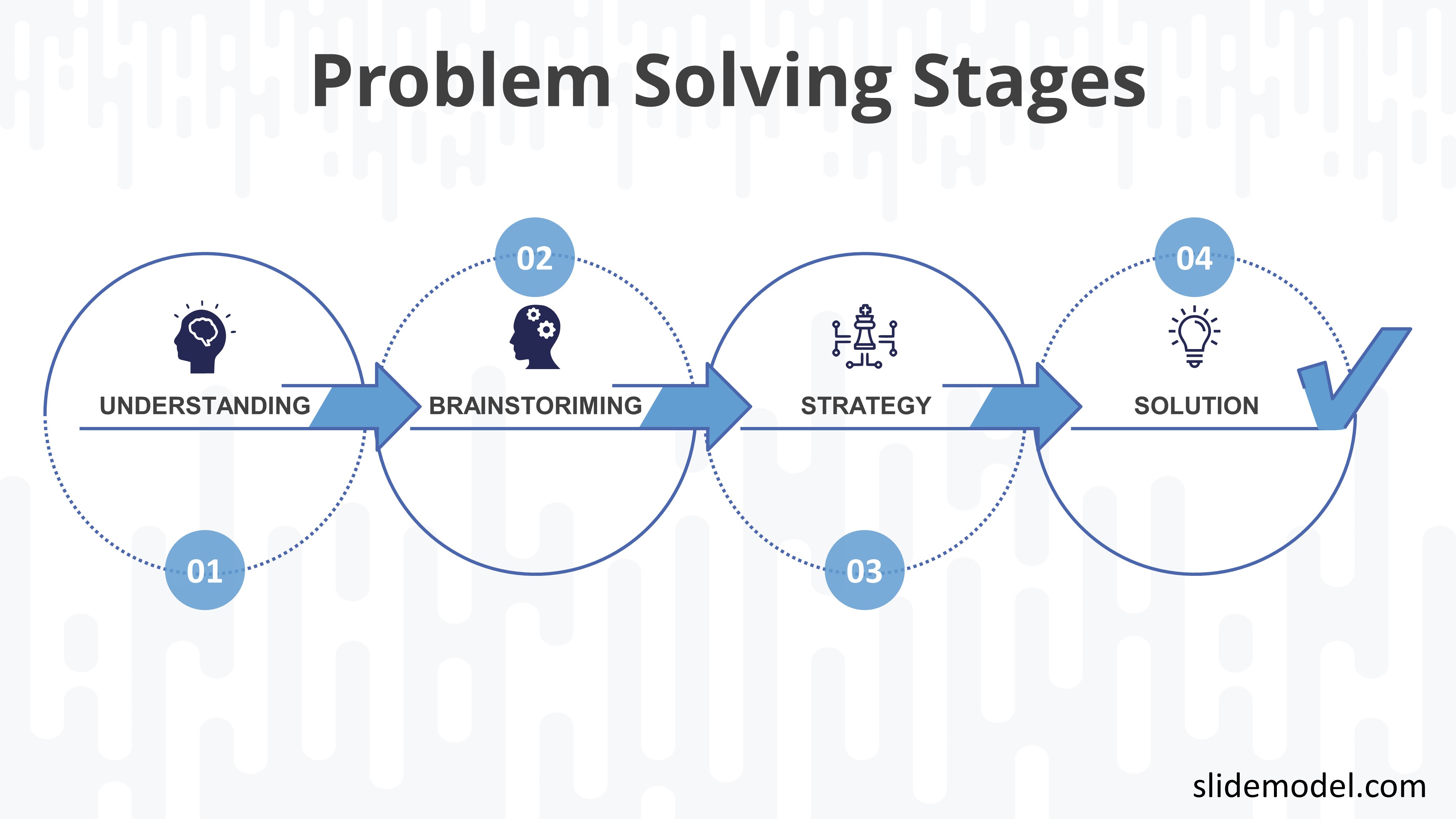

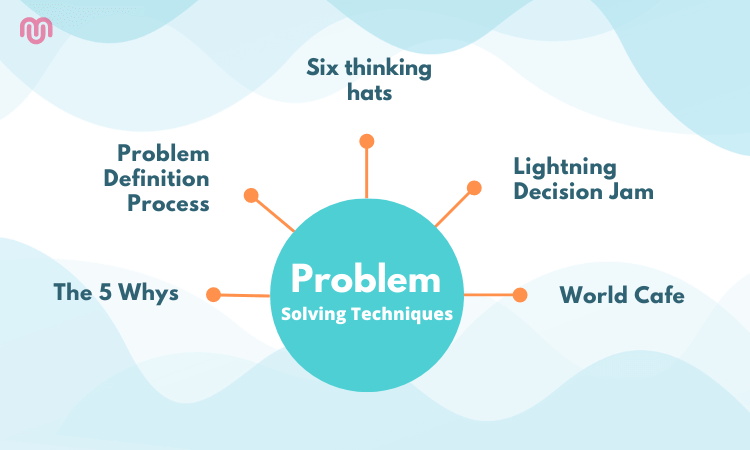

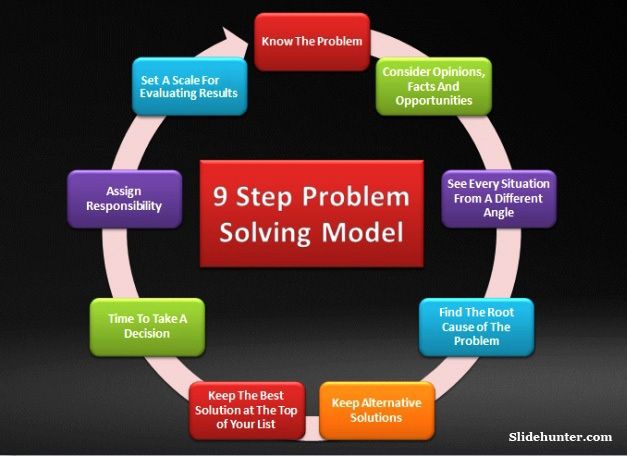
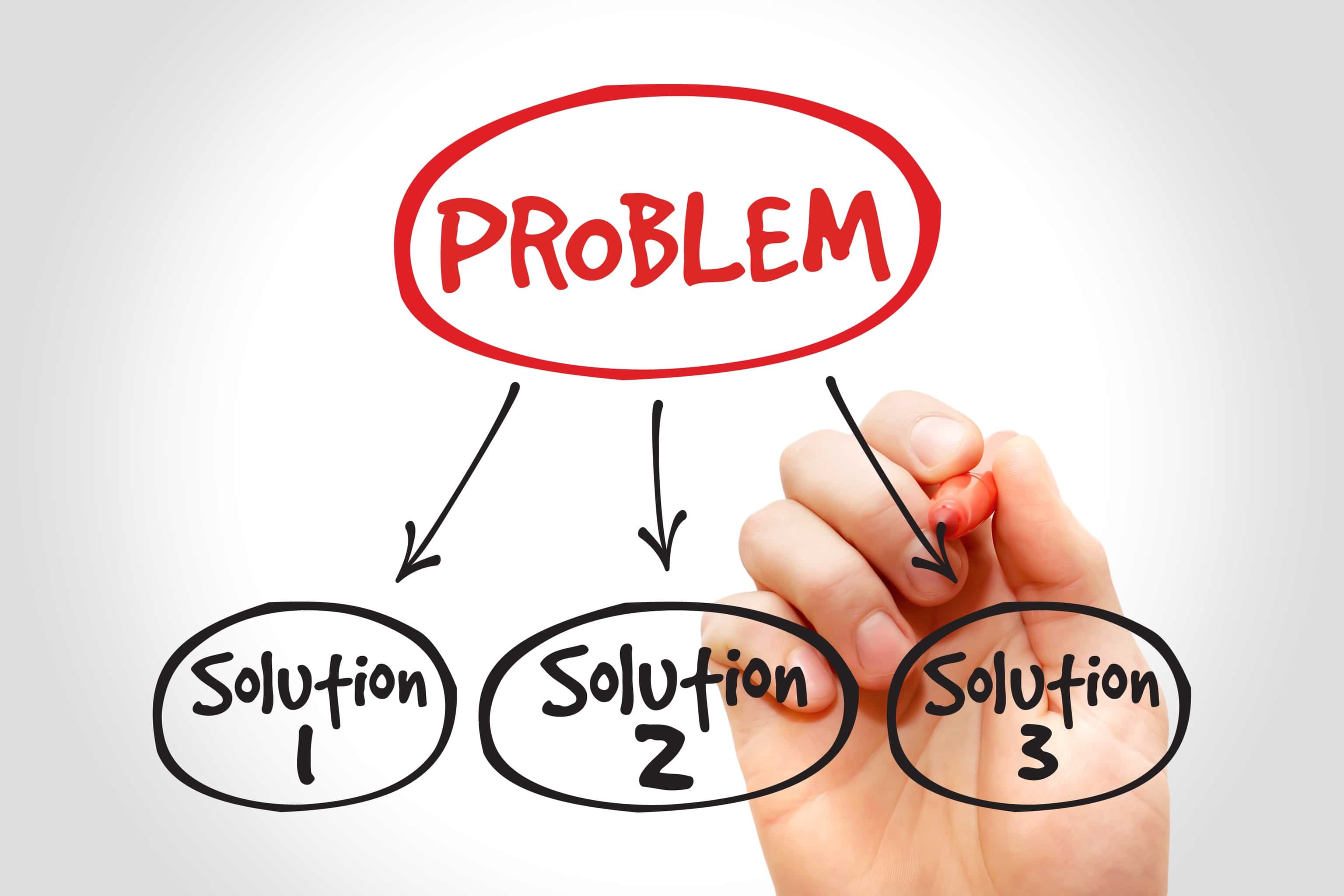


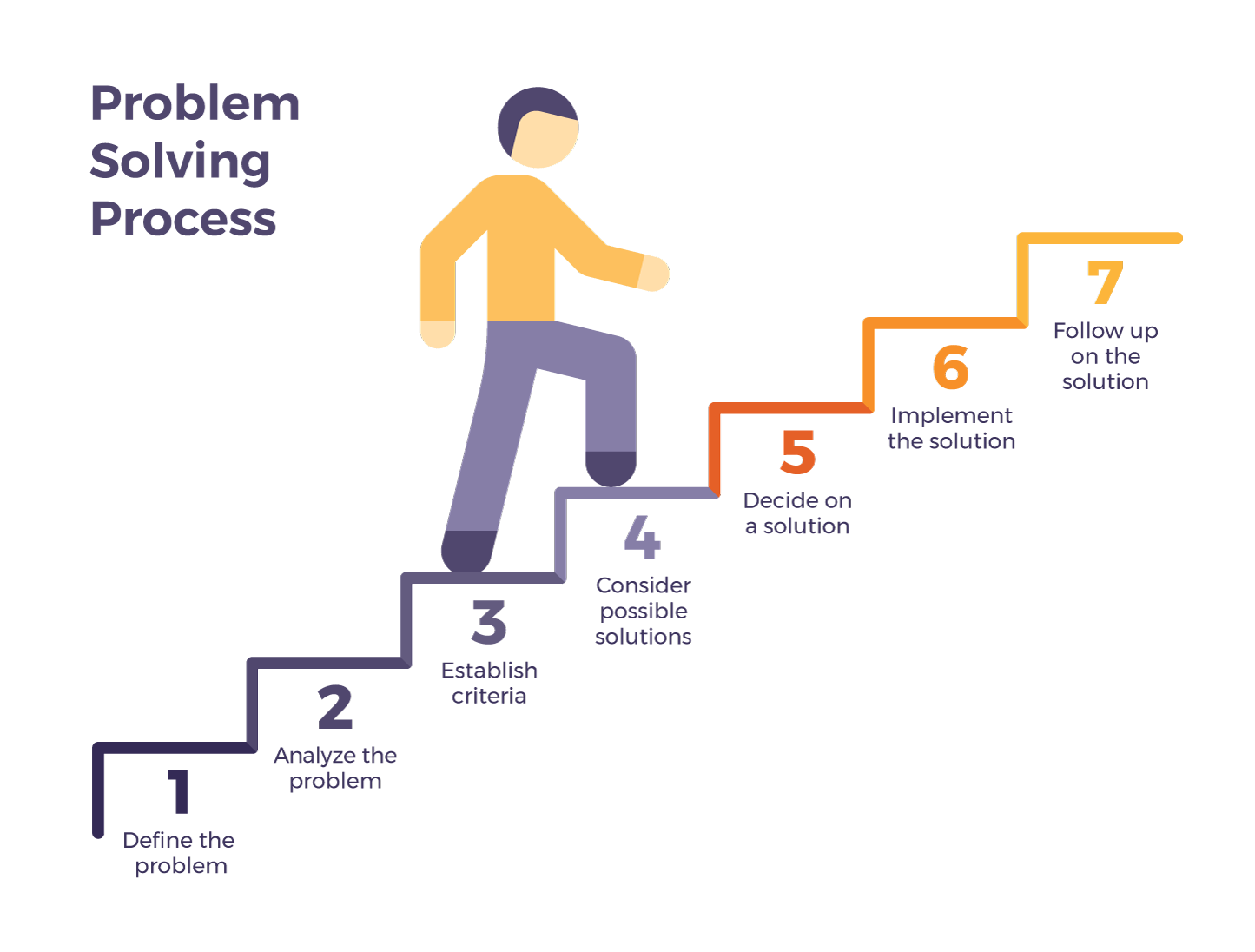
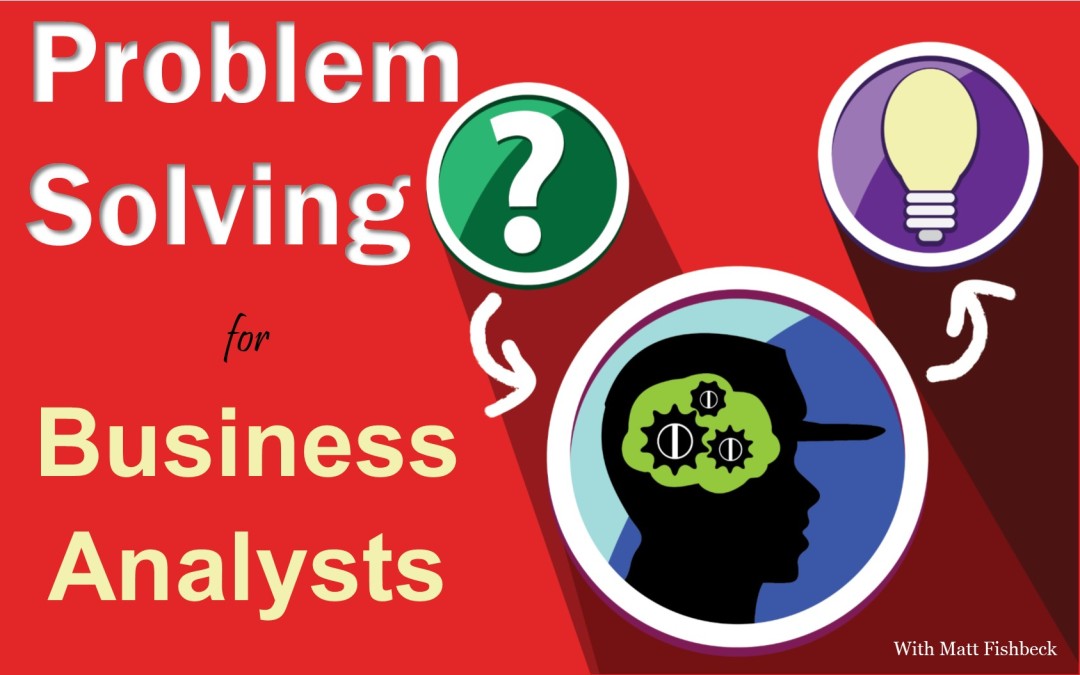
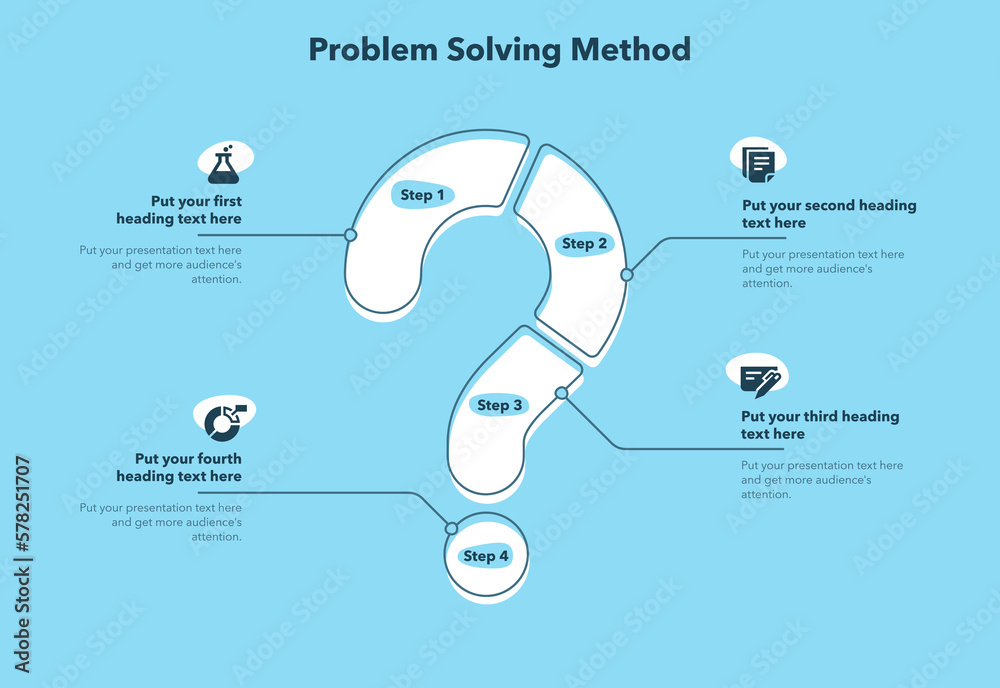
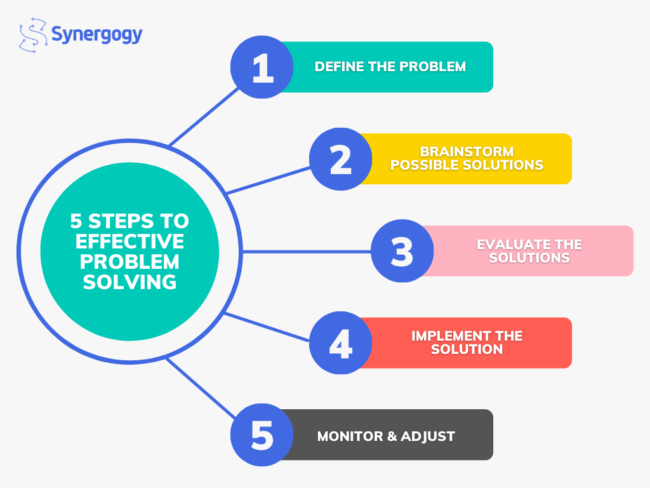

.png.webp?itok=78-OkcGX)
